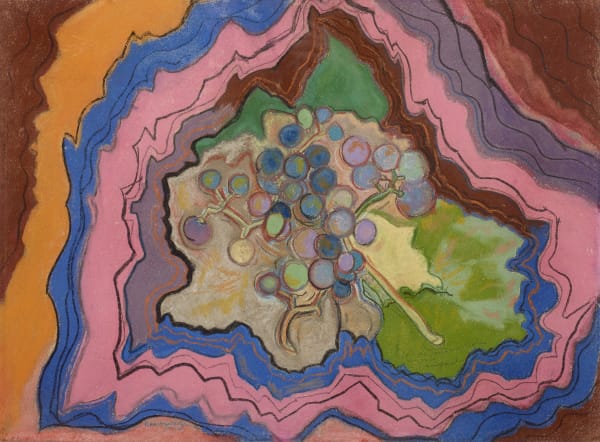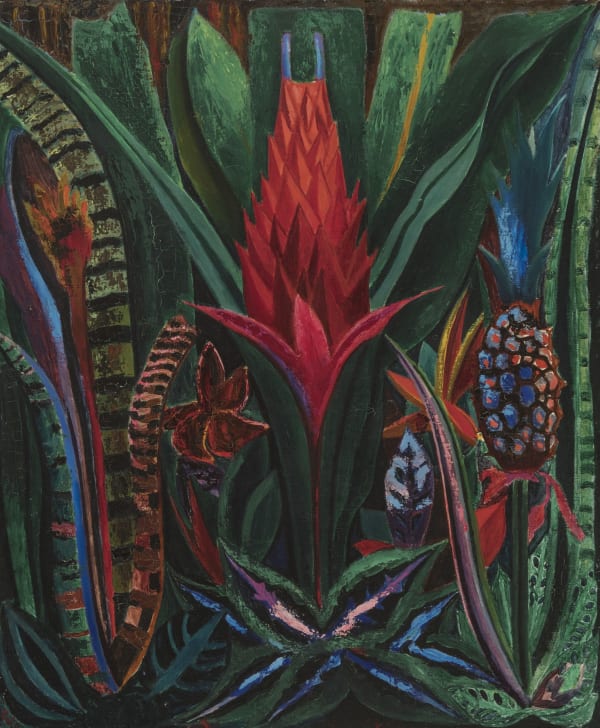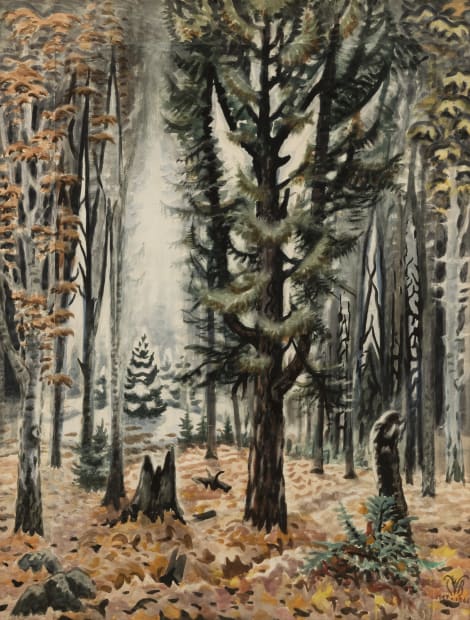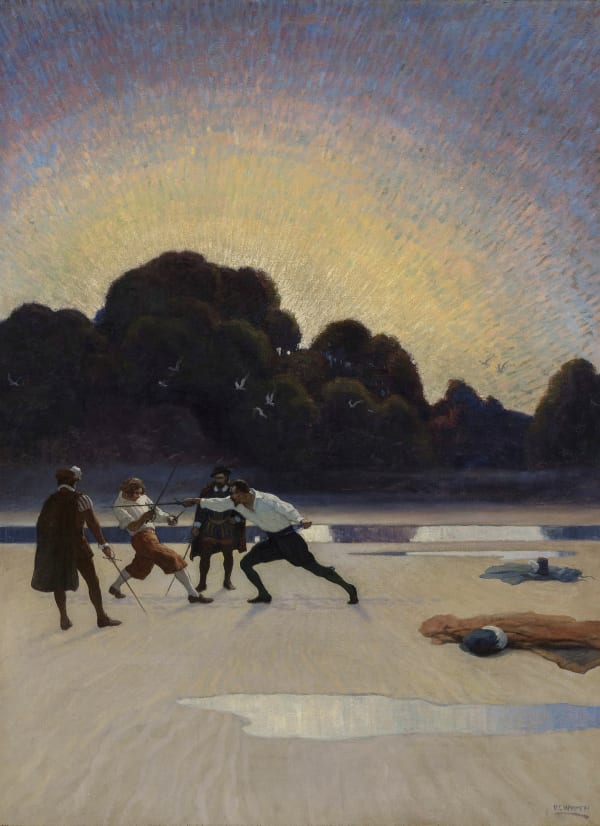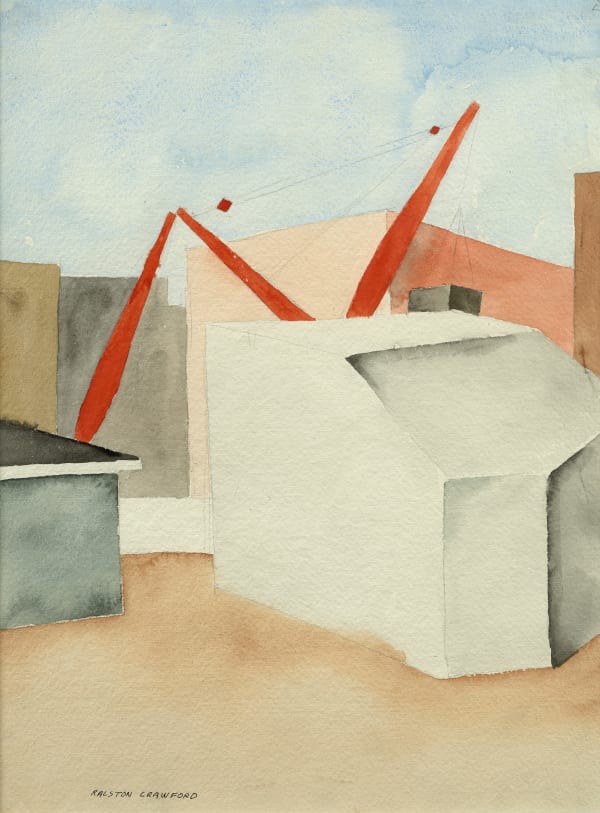-
Schoelkopf Gallery is pleased to debut its biannual exhibit and accompanying publication Now Modern. The publication and exhibition is an extension of the gallery’s mission and seeks to expand the canon of American Art through scholarship and storytelling exploring great American Modernists including those whose renown never matched their talent. Telling the vivid, human and unexpected stories of the American Modernists, Now Modern synthesizes the material, the creators, the market and the cultural and historic context which combine to give a work enduring value and meaning.
Click to view the magazine
-

-

-
-
Bob Thompson
[Bob] Thompson [was] very much a man of his moment and also ahead of his time. The colors are so immediate and recognizably his, so visceral. Look at that joyful palette: scarlet, indigo, yellow, purple, lime. It’s like his mind is exploding in rainbow hues. That’s one way he made his sources feel so . . . happening, so now. He presaged the brightness of pop art and, even more, the electricity of psychedelia.
- Ariella Budick
-

Bob Thompson
Untitled, c. 1963Mixed media on paper
2½ x 23 inches
6.3 x 58.4 cm -
Romare Bearden & Norman Lewis
-
Charles E. Burchfield
“An artist must paint not what he sees in nature, but what is there. To do so he must invent symbols, which, if properly used, make his work seem even more real than what is in front of him.”
— Charles E. Burchfield, statement in Contemporary American
Painting and Sculpture, 1961
-

-
-
-
Edward Hopper
Excerpts from the essay by Carol TroyenHow the critical and financial success of the 1920s led Edward Hopper to Two Lights, Maine—the setting of
Bill Latham’s House.
-
-
Christo
The Gates (Project for Central Park, New York City), 2002“Of course my drawings have their own quality separate from the three-dimensional projects; they have the independent dimension of a work of art. I’ve drawn all my life, since I was a little boy. I love to draw and make
collages . . . but the beauty, force, and energy of these works come from reality, from the purpose for which they are created. They have a fabulous intimacy, a fabulous story each of these little sketches or big drawing, something deeply related to the particular moment in which I drew them.”
—Christo
-
-
If you would like to subscribe to the gallery's biannual magazine, Now Modern, or would enjoy learning more about the artists or works presented, please contact Alana Ricca at (212) 879-8815, or alana@schoelkopfgallery.com. We look forward to being in touch.
May 9 - June 10, 2022
Subscribe to our mailing list to receive updates from the gallery
* denotes required fields
We will process the personal data you have supplied in accordance with our privacy policy (available on request). You can unsubscribe or change your preferences at any time by clicking the link in our emails.







